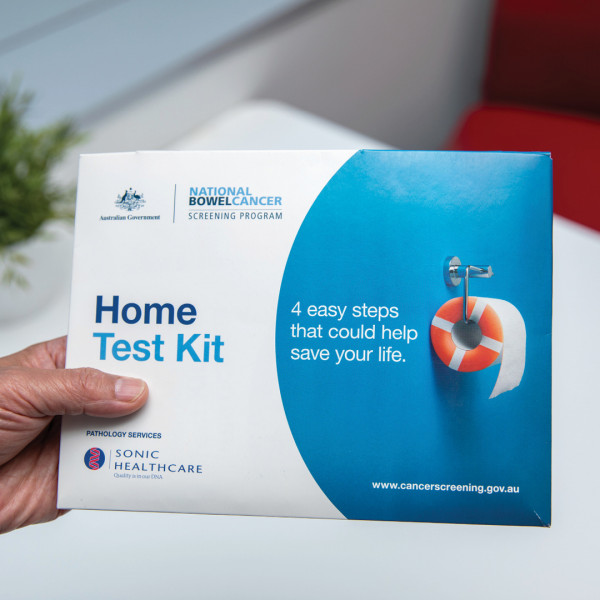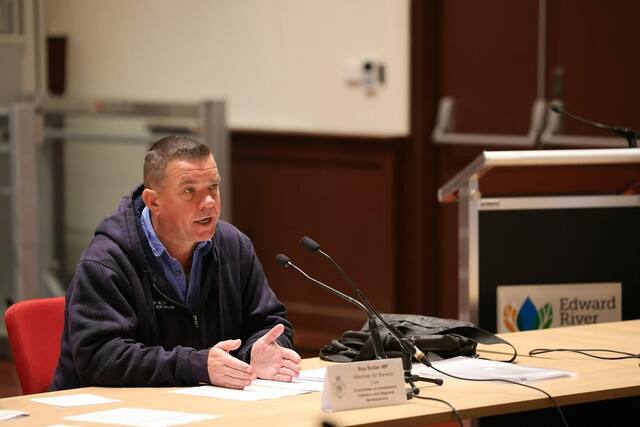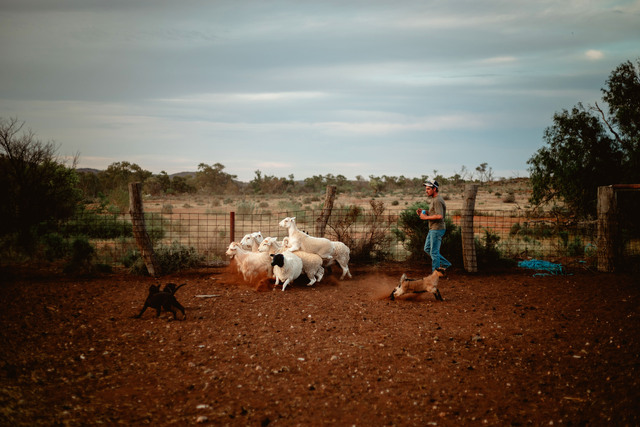THE most common cancers forecast to be diagnosed in western New South Wales this year have been revealed with prostate, breast, lung and bowel cancers as well as skin melanoma the main threats.
The data from the NSW Cancer Institute comes following of World Cancer Day on Tuesday, with authorities urging people to seek help if they notice changes in their health.
The five cancers are projected to be the most common diagnosed in the Far West Local Health District, which stretches west from Balranald in the south to Tibooburra near the Queensland border.
In all, 235 people are projected to be diagnosed with cancer in the health district – which includes Wentworth, Broken Hill and White Cliffs – this year, according to the institute.
Close to 54,000 people will be diagnosed across the state.
FWLHD cancer services director Melissa Cumming said the projections were a timely reminder for people to take advantage of cancer screening programs, such as BreastScreen which travels to smaller communities and the direct access colonoscopy clinic at Broken Hill hospital.
“I acknowledge and thank the committed teams working in cancer services across the local health district,” she said.
“Every day they provide excellent and compassionate care to patients during their toughest days.”
The institute found only 40 per cent of eligible people were taking part in free bowel cancer screening, while 52 per cent were getting medical breast cancer checks, while 60 per cent of people accessed cervical cancer screening.
NSW Cancer Institute chief executive Tracey O’Brien said the number of people diagnosed with cancer was set to rise exponentially over coming years.
“We can all take steps to reduce our cancer risk by taking advantage of regular cancer screening if eligible, and by exercising more, eating healthier foods, wearing sunscreen, drinking less alcohol and not smoking or vaping,” she said.
Despite the sobering statistics, NSW has some of the world’s best cancer outcomes, Professor O’Brien said, with the institute finding seven in 10 people will survive for five years after a cancer diagnosis, up from around six in 10 people 15 years ago.
Professor O’Brien also said advances in genetics, immunotherapy and precision medicine are leading to more personalised treatments, and that’s improving outcomes and reducing the immediate and often long-term side effects of treatment.







